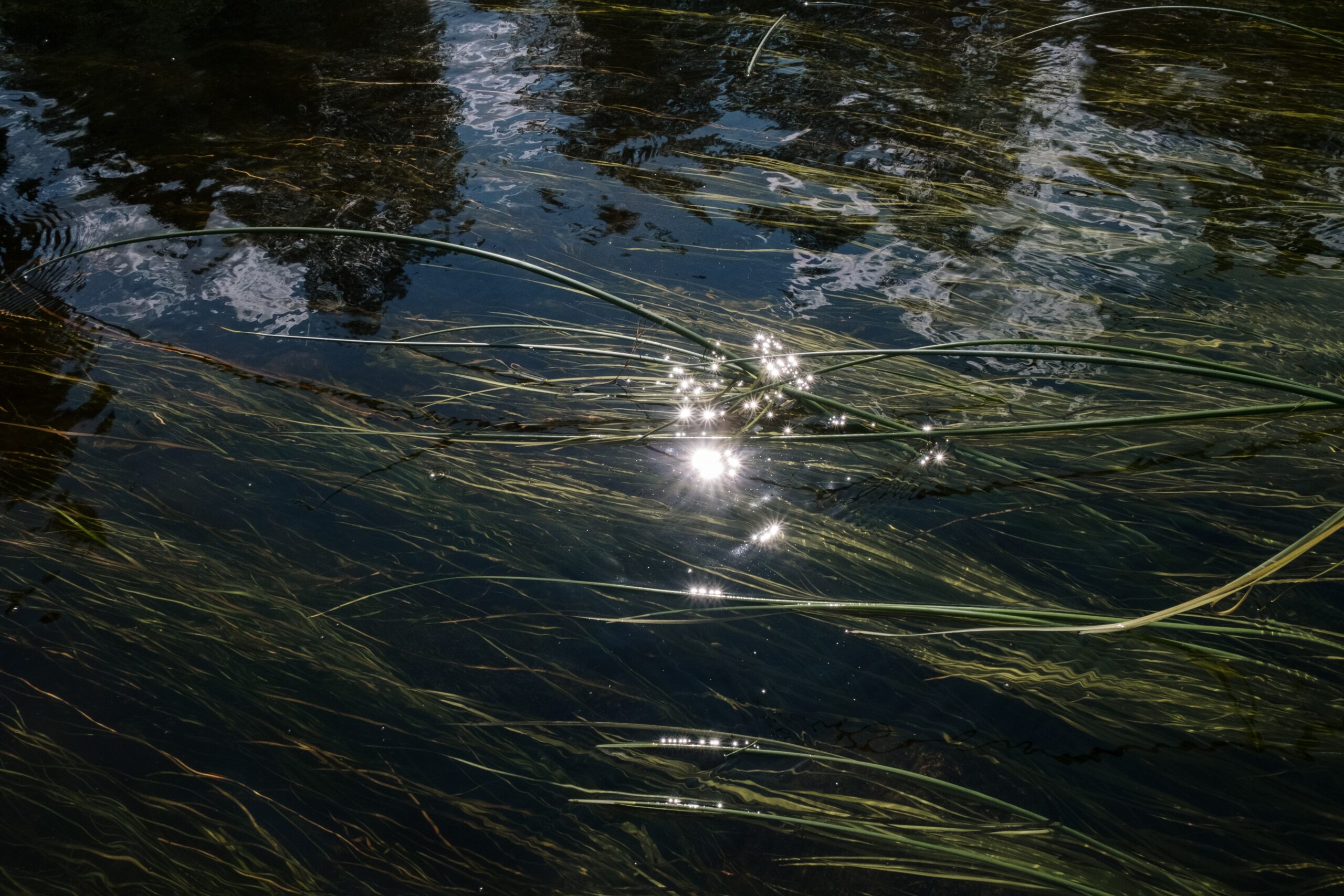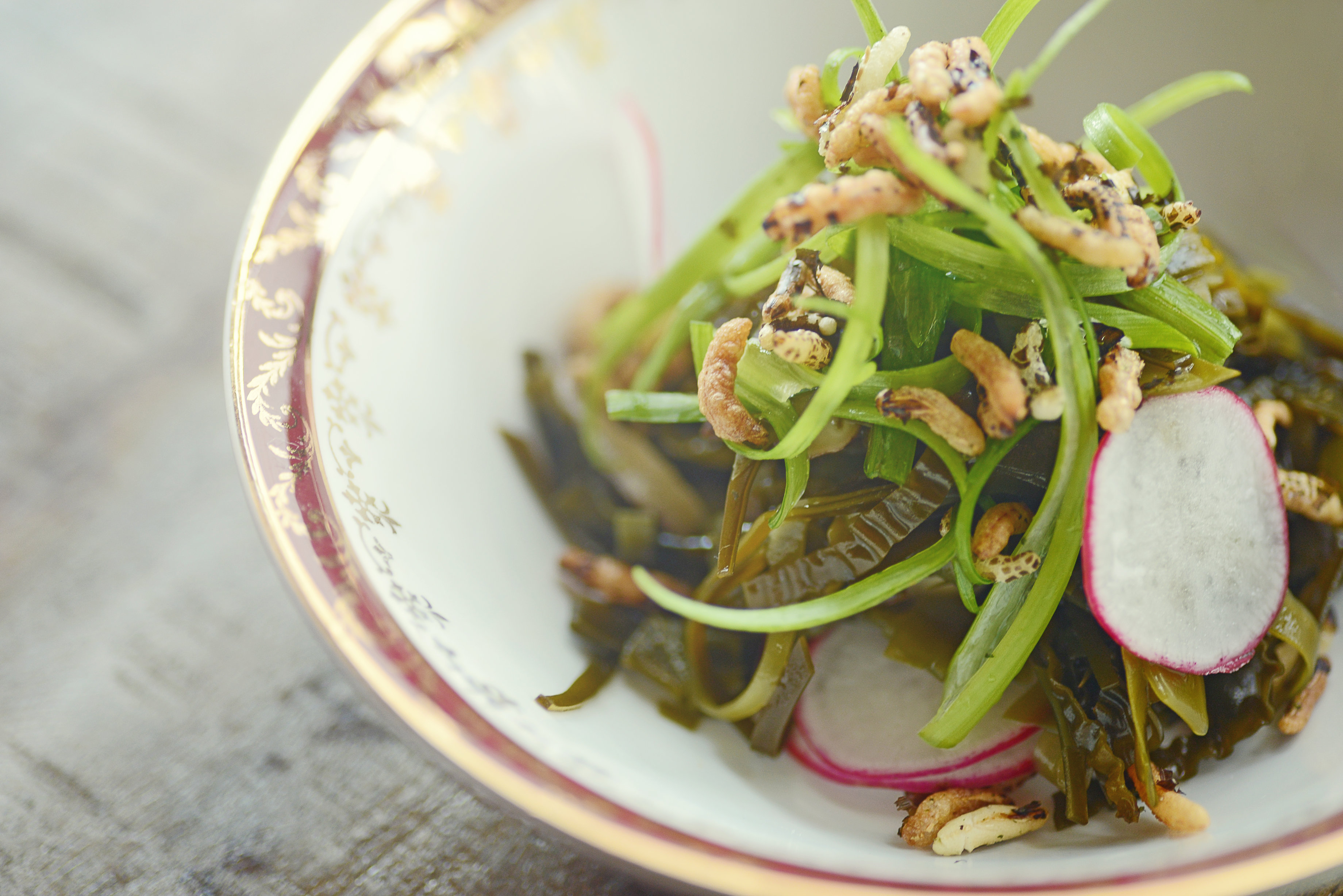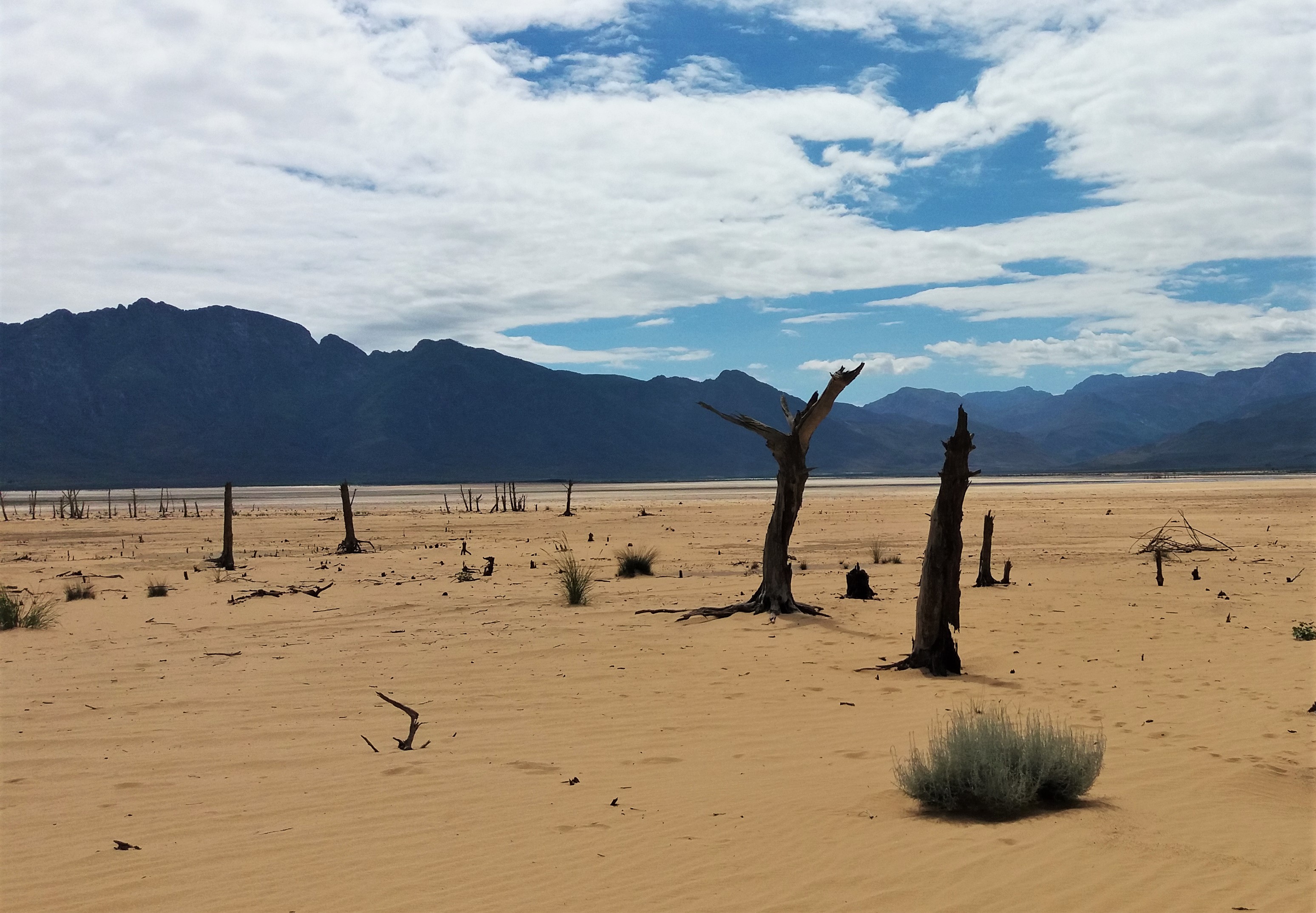This Company Turns Toxic Seaweed Into Fertilizer, Leather, and Cosmetics
Seaweed solutions.

Every year, 20 million tonnes of sargassum seaweed washes up on the shores of the Caribbean, coating beaches, disrupting tourism, and releasing gases into the atmosphere. While Mexico receives the lion’s share of this toxic flotsam, countries from Brazil to Puerto Rico and even Turkey are reckoning with annual sargassum seaweed blooms.
Primarily caused by fertilizer runoff and climate change, this epidemic is getting worse every year. When it hits shorelines, sargassum makes beaches virtually unusable, resulting in precipitous drops in tourism. The Mexican state of Quintana Roo experienced an estimated 30–35 per cent decline in tourism since the blooms began, and Caribbean countries spent around $120 million (U.S.) to mitigate the waste in 2018 alone.
Moreover, affected countries pile this marine detritus into landfills, where it rots, releasing methane—which has 84 times more warming potential than CO2 during its first 20 years in the atmosphere. In addition to biodiversity loss and the destruction of coastal habitats, the sargassum bloom emits 8.4 megatons of CO2 equivalent every year, according to Carbonwave, a U.S. start-up that collects sargassum seaweed and converts it into products like emulsifiers, vegan leather, and fertilizer.

“Our theory of change is that if we could harvest the largest seaweed bloom on the planet, we can start to have a meaningful impact both in reducing emissions from the methane when it rots and also creating products that are not made from fossil fuels,” says founder and CEO Geoff Chapin.
Carbonwave’s three current products are in high demand, and more are on the horizon. SeaBalance is an oil-in-water emulsifier with numerous cosmetic applications. Sarga Agriscience is a subsidiary that produces natural fertilizer, which boosts crop yields and increases microbial soil health. Rounding out the product line is a vegan leather that doesn’t rely on plastics or petrochemicals.

SargaExtra, one of the seaweed extract fertilizers from Carbonwave’s line of Sarga Agriscience agricultural products.
For every five tonnes of sargassum Carbonwave collects, its products sequester 915 kilograms of CO2 equivalent , replace 225 kilograms of plastic, and naturally fertilize six square kilometres of land. Although the company is still in its early stages, Chapin hopes to scale operations, sequester massive amounts of greenhouse gases, and revolutionize several industries at the same time. He believes that the devastating sargassum blooms could actually be a blessing in disguise.
“Sargassum is uniquely suited to draw down carbon because it can free float anywhere,” Chapin says. “So it doesn’t have to be near shore, which also means it doesn’t have to have an ocean-based infrastructure. It self-replicates and grows quite quickly, and it has a high carbon-to-nitrogen fixation ratio, meaning as it grows, it absorbs a lot of carbon relative to other seaweeds.”

Carbonwave’s R&D laboratory in Cataño, Puerto Rico.
As it courts new corporate partners, scales its operations, and enters the carbon credit market, Carbonwave is poised to make an impact on the livelihoods of coastal communities and turn a natural disaster into a climate solution.
“It really is a scourge that is being put upon the Caribbean due to warming oceans,” Chapin says. “It’s due to climate change mostly from developed nations and the pollution in the water that’s fuelling this boom. It would be immoral to just let it sit and rot. This is a real opportunity for the globe, and it’s an opportunity for us to accelerate the circular economy.”




